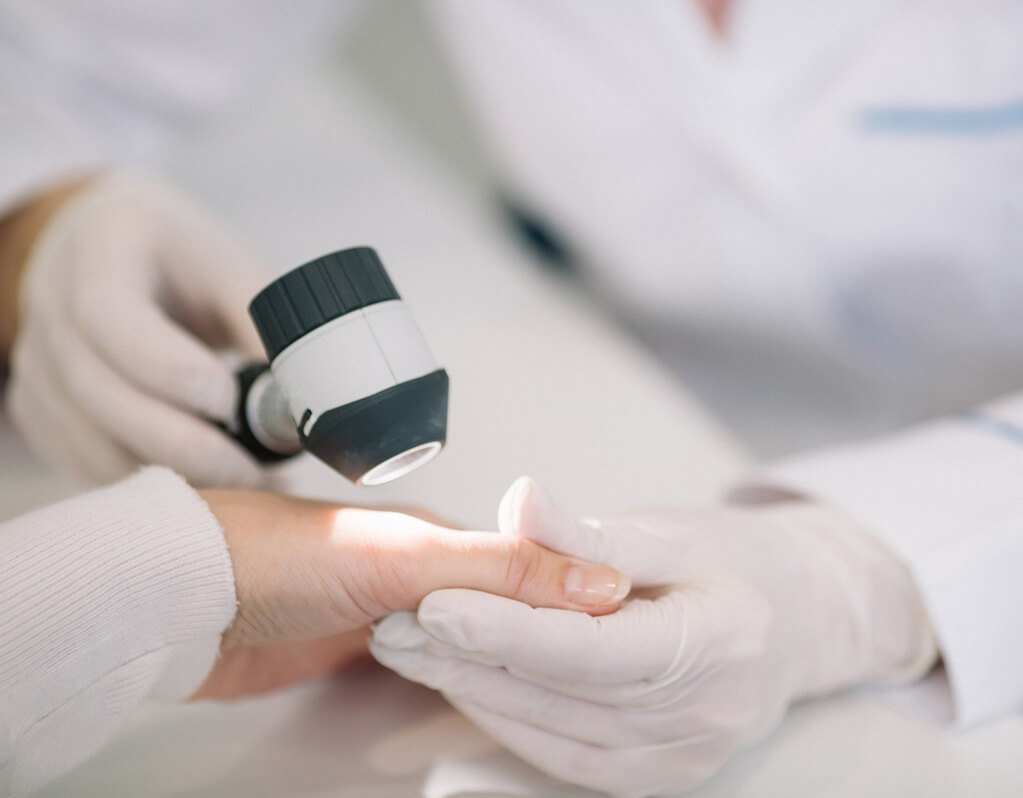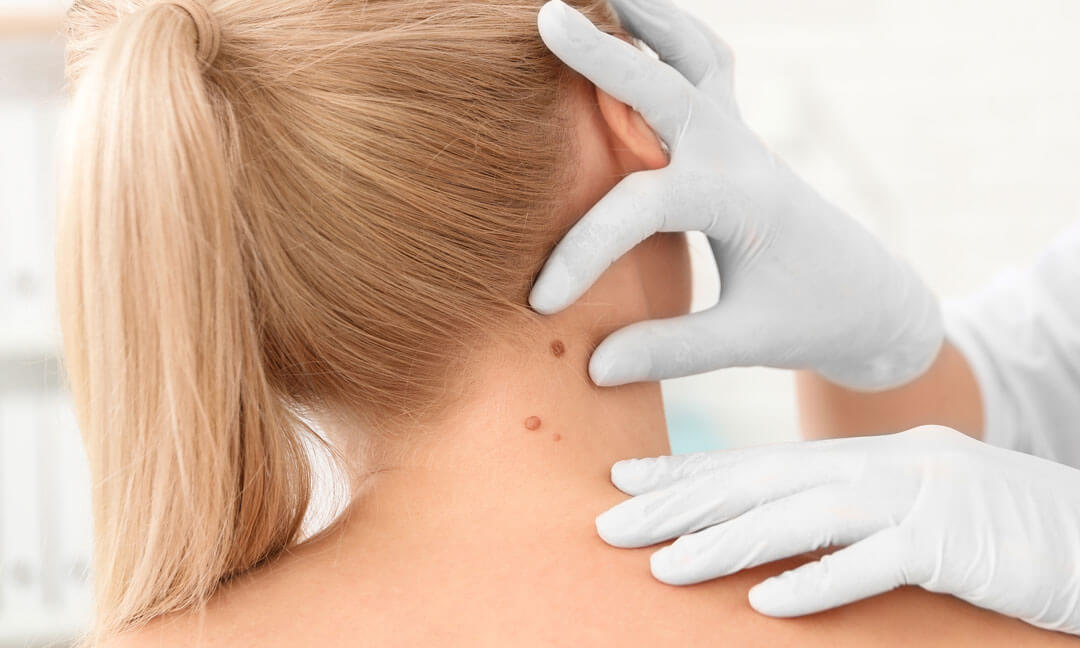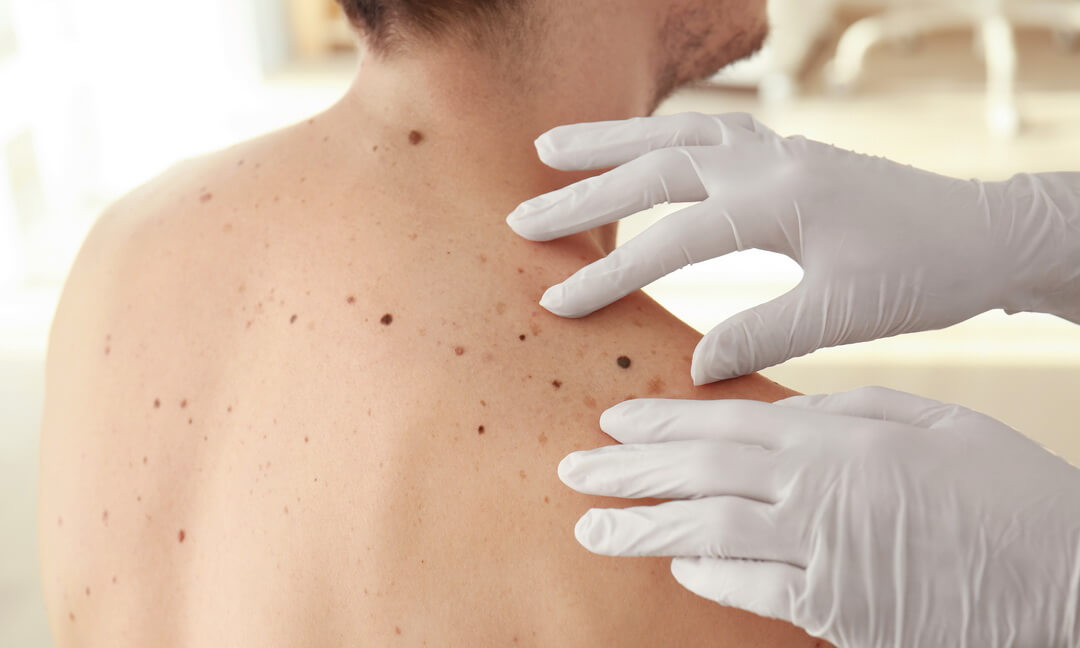Seborrheic keratoses are the most common harmless skin tumors that occur in the elderly population, but can also occur in younger people.
In most cases, they are found on the skin that is more exposed to the sun’s rays, so it is associated with diseases that occur as a result of sunlight.
Seborrheic keratosis is more common in the female population. The number of changes in seborrheic keratosis increases with age, as does their size.
The changes are initially oval or flat, smooth and brownish or yellowish in color.
Over time, they turn into hard, raised and dark-colored wart changes from a few millimeters to a few centimeters in size. Then they become rough and rough with a grainy structure.
It is advisable to remove keratoses while they are softer and smaller, in order to avoid the formation of plaque deposits that can be as large as a few centimeters. Keratoses always increase spontaneously, so it is impossible to expect a spontaneous passage.






